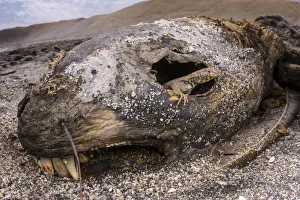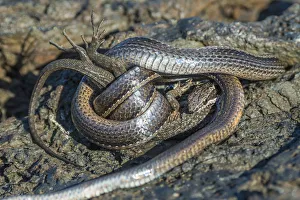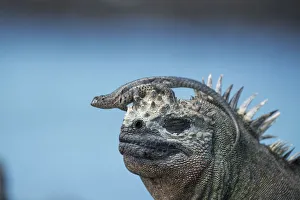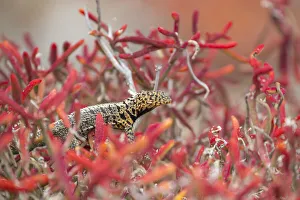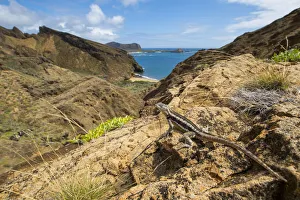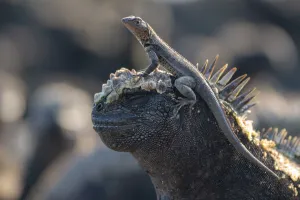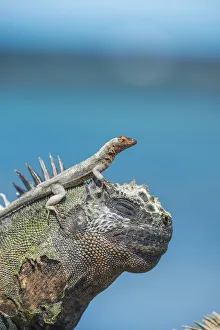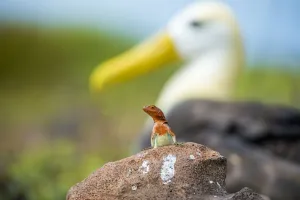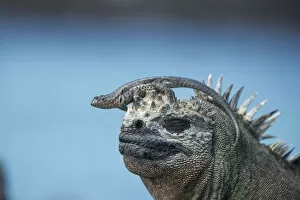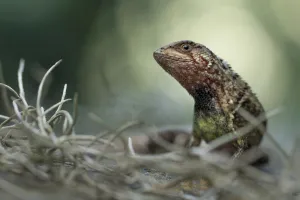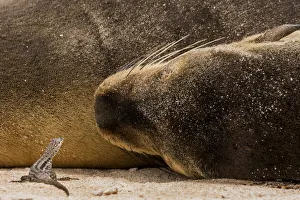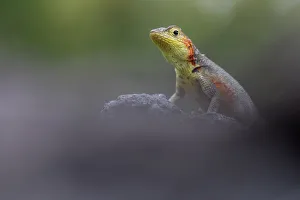Tropidurine Lizard Collection
The tropidurine lizard, also known as the Galapagos lava lizard
All Professionally Made to Order for Quick Shipping
The tropidurine lizard, also known as the Galapagos lava lizard, is a fascinating creature that can be found in various habitats across the Galapagos Islands and other parts of Ecuador. These lizards have adapted to their unique environments and have developed interesting relationships with other species. One such example is the juvenile lava lizard peering out of the eye of a dead sea lion. This peculiar sight showcases the resourcefulness of these lizards, using any available space for shelter or observation. However, life for these lizards isn't always easy. The racer snake feeding on a lava lizard in Puerto Pajas serves as a reminder that they are not at the top of the food chain. Survival requires constant vigilance and quick reflexes. In some instances, we see symbiotic relationships between different species. The Galapagos lava lizard sitting on the head of a marine iguana demonstrates how these creatures coexist peacefully, perhaps benefiting from each other's presence. The diversity within this group is astounding. From male Santiago lava-lizards camouflaged among Galapagos carpetweed to female Espanola lava lizards sharing their habitat with waved albatrosses, each subspecies has its own unique characteristics and interactions with their surroundings. Even beyond the Galapagos Islands, similar reptiles like the Santa Cruz lava lizard can be found on Santa Fe Island alongside resting Galapagos sea lions. These encounters highlight how different species share common spaces harmoniously. Lastly, we must not forget about other remarkable reptiles like the Puyango whorltail iguana portrait captured in Macara or even another instance where a Santa Fe lava lizard rests on sand beside a galloping Galapagos sea lion - showcasing nature's beauty through contrasting textures and colors.

